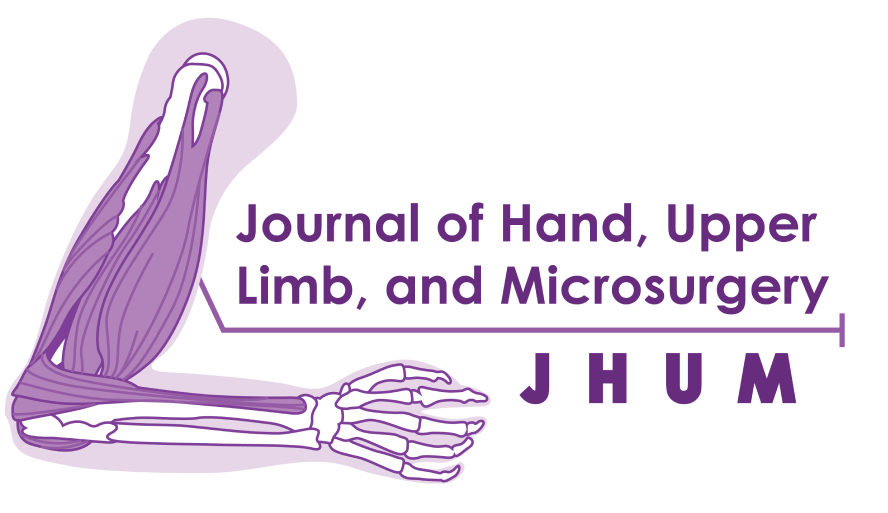MORPHOMETRY RADIOLOGY OF DISTAL RADIUS IN ADAM MALIK GENERAL HOSPITAL
morfometri radiologis distal radius di rumah sakit umum Adam Malik
Keywords:
distal radius, morphometry, clinical outcomesAbstract
Backgrounds
Distal radius fractures are among the most frequently encountered fracture case and its management can be either conservative or operative. Where morphometry of the distal radius can be one of the factors that influence the considerations in management and the clinical outcomes in patients with distal radius fractures.
Methods and Results
This is a descriptive observational study of 100 patients aged 18 to 64 years with two-position x-ray examinations of the wrist. The morphometry of the distal radius, including radial height, radial inclination, ulnar variance, radiocarpal interval, volar tilt, and AP distance, was measured from plain x-ray. The mean measurement results were as follows: radial height (mm) 11.51 (±2.31); Radial Inclination (°) 24.50 (±3.43), Ulnar Variance (mm) 0.51 (± 1.33), Radiocarpal Interval (mm) 2.23 (±0.71), Volar Tilt (°) 9.07 (± 6.1), AP Distance (mm) 16.71 (± 3.4) with variation when compared between genders and race.
Discussion
The morphometry of the distal radius is essential to understand because it will affect management considerations such as reconstruction considerations and therapy evaluations. The morphometry of the distal radius can be influenced by various factors such as gender, race, and ethnicity.
Conclusion
This study provides an overview of the morphometry of the distal radius in the population at RSUP Haji Adam Malik Medan, Indonesia. There are variations in the normal anatomy of the distal radius morphometry influenced by gender, ethnicity, and race that can be considered in the management of pathologies related to the distal radius.

